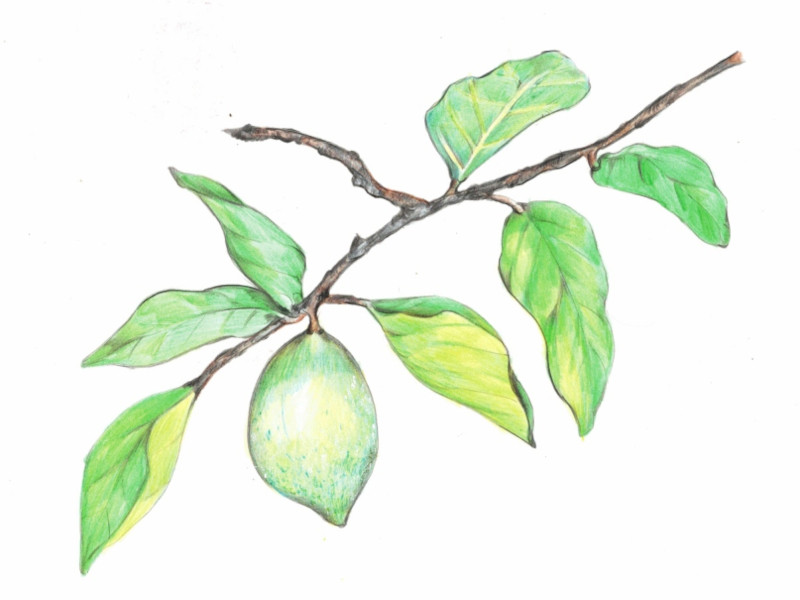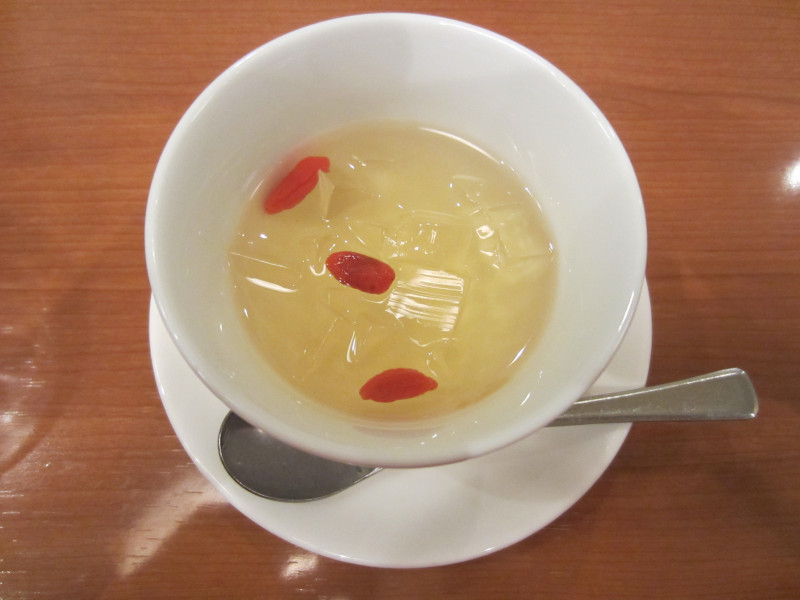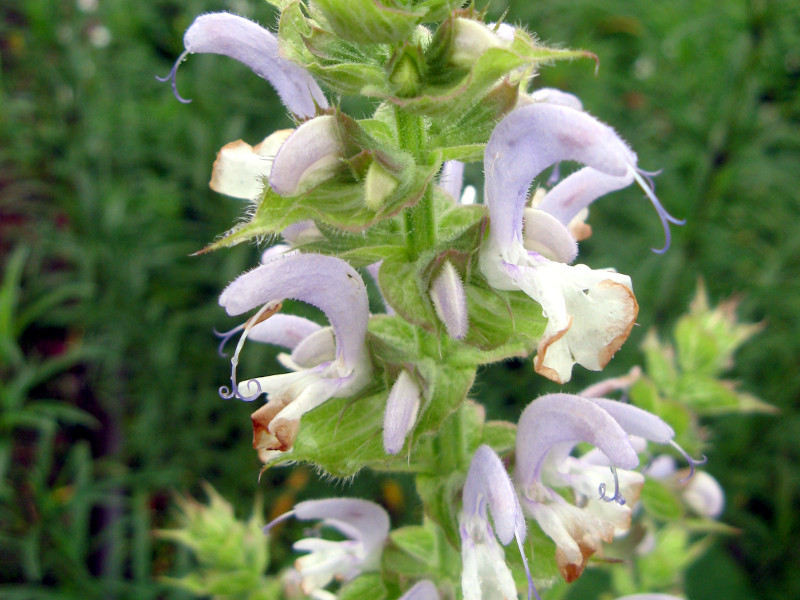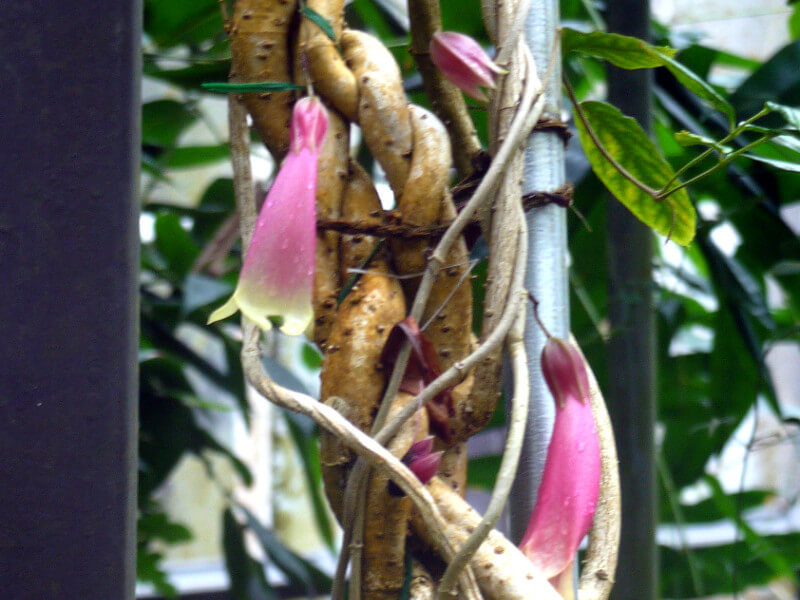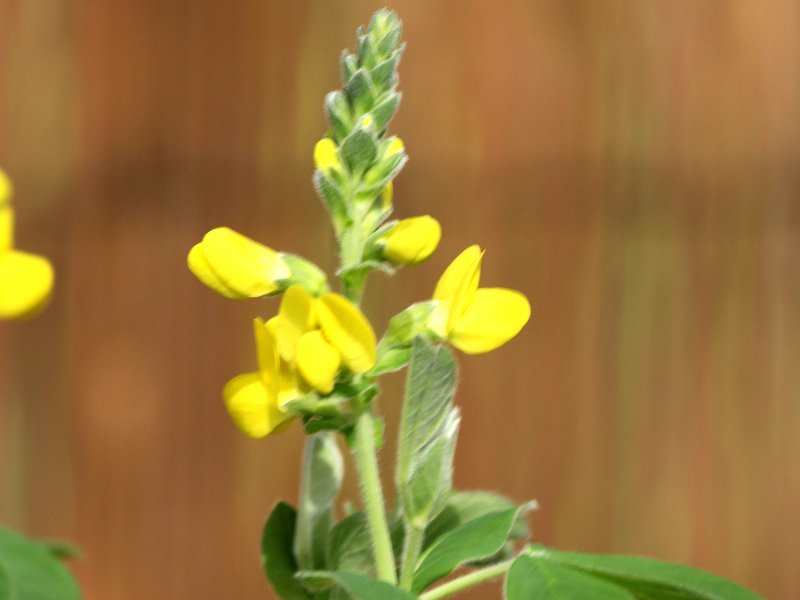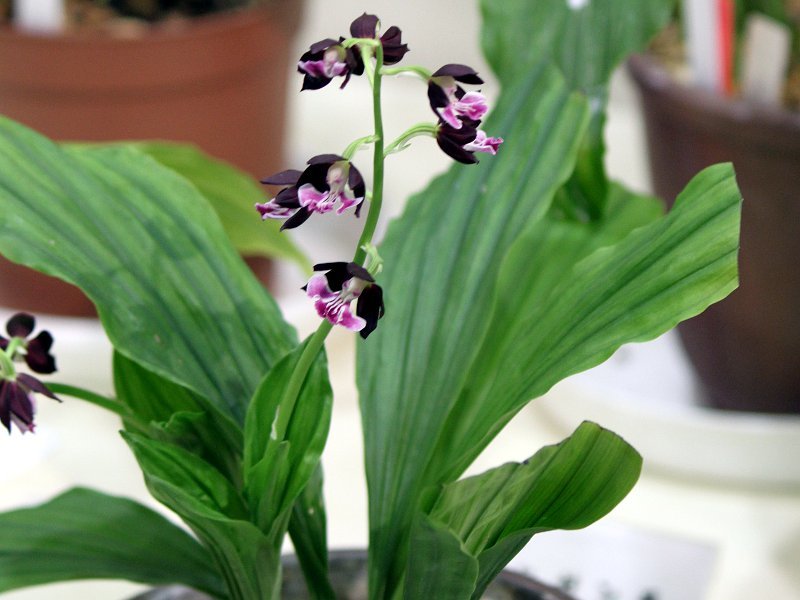Ai-yu Jelly
- Flower nameAi-yu Jelly
- Scientific nameFicus pumila var. awkeotsang
- Aliasアイギョクシイタビ, カンテンイタビ, 愛玉子, アイギョクシ, あいぎょくし, おーぎょーち
- Place of originendemic to Taiwan
- Place of floweringSubtropical region
- Flowering seasonSeptember, October, November, December
What is Ai-yu Jelly
Ai-yu Jelly (scientific name: Ficus pumila var. awkeotsang) is a dessert made from the seeds of the ai-gyô-chi variant, an evergreen vine plant endemic to Taiwan and belonging to the family Moraceae and the , and its seeds. It is also known as ai-gyô-chi (ò-giô-chí, Taiwanese), ai-gyô-chi, ai-gyô-chi itabi, and kanten itabi. In the wild, it grows wild in broadleaf forests in the mountains of northern Taiwan, where the climate is humid and rainy, but recently it has also been cultivated.
Meaning of the scientific name
The genus name "Ficus" is from Latin (fig genus), the species name "pumila" is from (low), and the variant name "awkeotsang" is from the Chinese of the original name "Chiayi".
The relationship between the scientific name and Dr. Tomitaro Makino
The variant name "awkeotsang," which was given by Dr. Makino, is used as the species name. Dr. Tomitaro Makino visited Taiwan for about two months from October 20, 1896 as a member of a botanical survey team from Tokyo Imperial University, and conducted botanical surveys and collection from Keelung to Kaohsiung. The specimen of "Aiyu" collected by Dr. Makino was announced as a new plant species in 1904 with the scientific name "Ficus awkeotsang," but it was later determined that the plant was a variety of "Ficus pumila. The name of the plant was then given by Dr. Makino, and it has remained as the variant name.
Origin of the botanical name
In 1821 during the Qing Dynasty, a merchant from Fujian, China, was thirsty in Chiayi County and drank some water from the river, which he found refreshingly cool. When he looked at the water, he found that pectin had fallen from the fruit of an aiyu tree that grew along the riverbank and hardened on the surface of the water. The merchant took the fruit home, wrapped it in a cloth, and rubbed it to wash it. The merchant named this food after his daughter's name, "Aiyu.
One of Taiwan's three most famous jellies"
Au Giao Chi, Xian Chao Jelly, and Turtle Jelly are among the three most popular medicinal jellies in Taiwan.
How to make Ai Jade Jelly
As a summer dessert that cools the body, it has become a summer tradition in Taiwan and is now also served in Chinese restaurants in Japan.
It is a fig plant that produces many flowers inside a flower sac, which eventually produces sesame-like seeds.
After ordering the ingredients, the process is simple. The flower sacs are turned inside out and the seeds are removed and dried.
The dried seeds are placed in a cloth bag and rubbed in water (hard water is recommended).
Since it has almost no taste or sweetness, it is usually served with lemon syrup.
Common name: aigyokushi, scientific name: Ficus pumila var. awkeotsang, also known as ò-giô-chí, aigyokushi, aigyokushi itabi, kanten itabi, Origin: Taiwan, Environmental condition: Northern mountainous area, Life form: Vine, dioecious, Leaf color: Green, Inedible/edible, Use: Useful as a summer dessert because it cools the body, Origin of name: The name of the daughter of the person who discovered the hardening property of this plant.
